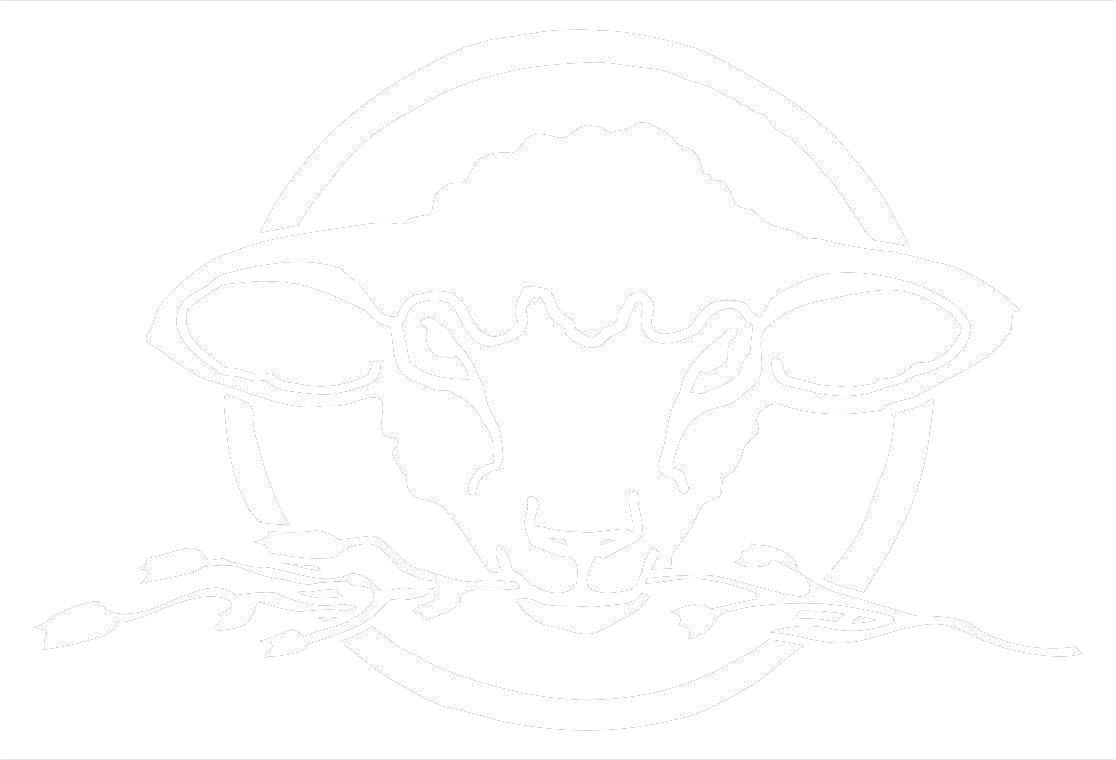Ecological Restoration
Our primary goal is to improve the health of the ecosystems we work in. Our mission is to restore and contribute to the health of native California grassland ecologies.
Our sheep graze at Orella Ranch in Goleta, CA. At this density, they graze plants uniformly including thoroughly eating down the broadleaf mallow and mustard that has taken over this pasture. March, 2019.
Adaptive management &
short duration grazing
Our methods are tailor-made to suit the management goals of each project in the context of that place’s specific ecology. Density and timing are key tools we can utilize to alter the ecological impact of our herd.
The ideas underlying our techniques are rooted in the evolutionary history of grasslands, which co-evolved with densely moving herds of grazing animals. These herds created high disturbance impacts for short periods of time, leaving the grasses long periods of rest in which to recover. Broadly speaking, imitating these conditions leads to the thriving of native grasslands.
This type of herd movement can be achieved in the presence of predators—such as the reintroduction of wolves in Yellowstone—or in our case, by managing herds with portable electric fence, rotating them at a pace that achieves the desired impact and prevents the sheep from grazing any regrowth of native plants, which can occur in native bunchgrasses just two days after initial impact.
Ecological Monitoring
We consider monitoring to be at the heart of our mission at Cuyama Lamb. Our goal is beneficial ecological impact, and we are not attached to the means by which we achieve it—only to the outcome. Monitoring ensures that our impact is increasing biodiversity of native plant species.
We have teamed up with Cal Poly’s Professor of Rangeland Ecology, Dr. Marc Horney, to create a monitoring protocol that tracks the effects of our management.
In addition, our management at San Marcos Foothills Preserve is monitored by the ecologists at Channel Islands Restoration. Updates will be shared as soon as possible!
A monitoring plot at San Marcos Foothills, Santa Barbara, CA in a Stipa pulchra dominated area that was grazed four months prior to photo. July 4, 2019
Jack kneeling next to the last few Stipa hymenoides bunchgrasses at Quail Springs in the Cuyama Valley. We are currently working on cracking the code of this difficult-to-germinate bunchgrass in hopes of increasing their presence on this high desert rangeland. July 2019.
Seeding & propagation
We are currently working with a grant from Patagonia to gather, propagate, and plant native bunchgrasses on our high desert site at Quail Springs in the Cuyama Valley. We will plant approximately 10 acres that will serve as a resilient and highly local seed bank to serve in our restoration efforts on these rangelands.
Why are we so focused on bunchgrasses? The reasons are possibly innumerable but here are a few: bunchgrasses have huge carbon-sequestering capacities; they are symbiotic with old growth oak trees; they support soil biota; they retain soil moisture thus supporting other forb growth and, eventually, the replenishment of our groundwater; native California grasslands are an endangered ecosystem; and they provide great forage for our herd and wildlife year-round.



